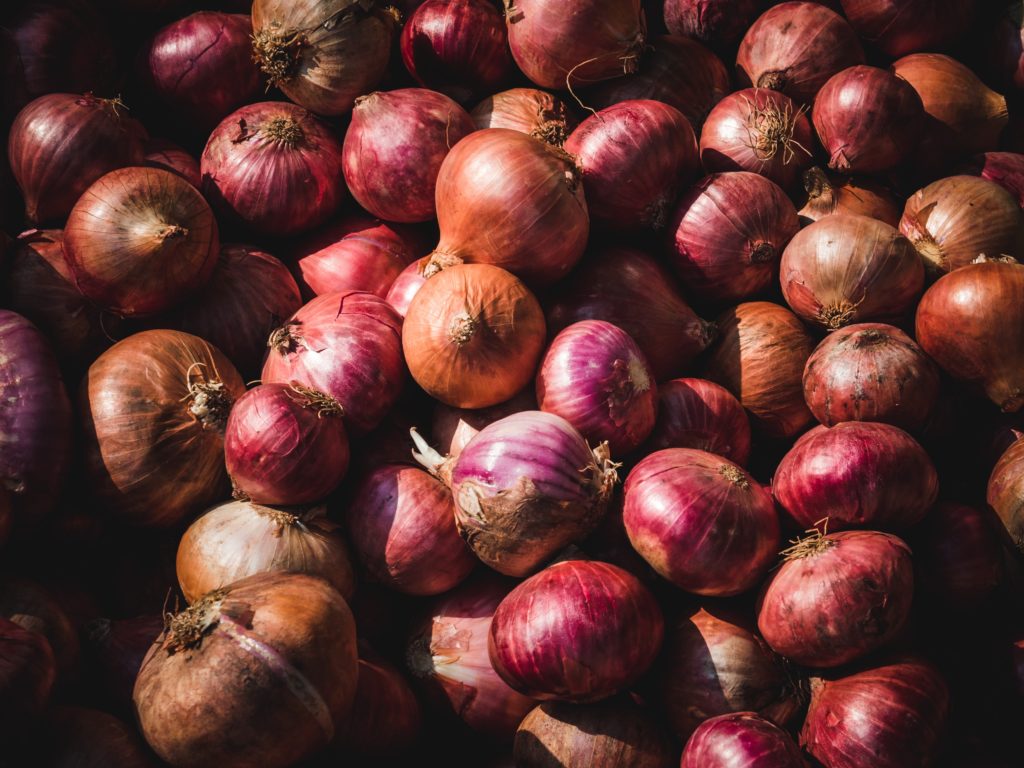All fields are required
Posted in Our Blog,Outbreaks & Recalls,Salmonella on August 2, 2020

As if things were not bad enough with us dealing with a pandemic, now, Colorado is in the middle of a Salmonella Outbreak. Along with this outbreak, we are now told there is a recall now that the CDC and Health Officials have figured out where the Salmonella originated. Colorado is one of the states who have found themselves in this middle of this outbreak. Here is what we know about the Colorado Onions Salmonella Outbreak.
As of the time of this writing, these are the facts given by the CDC:
The states involved in this outbreak are: Alaska, Arizona, California, Colorado, Florida, Idaho, Illinois, Indiana, Iowa, Kansas, Kentucky, Maine, Maryland, Michigan, Minnesota, Missouri, Montana, Nebraska, Nevada, New York, North Carolina, North Dakota, Ohio, Oregon, Pennsylvania, South Carolina, South Dakota, Tennessee, Texas, Utah, Virginia, Washington, Wisconsin, and Wyoming.
If you didn’t see your state on that list, I want you to be aware that these are reported cases. It is possible that there will be more in the coming days so be careful and still follow the CDC’s recall advice.
After weeks of on-line surveys, talking with sufferers of Salmonella poisoning, and using Traceback information, the origin of this outbreak has finally been found. The produce in question this time is Red Onions.
A new press release was given by the CDC today first off saying that Thomson International, Inc. is the company responsible for shipping the tainted onions. Second, they give this advice:
Consumers, restaurants, and retailers should not eat, sell, or serve red, white, yellow, or sweet onions from Thomson International, Inc. or products containing such onions. If you cannot tell if your onion is from Thomson International Inc., or your food product contains such onions, you should not eat, sell, or serve it, and should throw it out.
FDA recommends that anyone who received or suspects having received onions from Thomson International, Inc. use extra vigilance in cleaning and sanitizing any surfaces and containers that may have come in contact with these products to reduce the risk of cross-contamination. This includes cutting boards, slicers, countertops, refrigerators, and storage bins.
Consumers who have symptoms of Salmonella infection should contact their health care provider. Most people with salmonellosis develop diarrhea, fever, and abdominal cramps. More severe cases of salmonellosis may include a high fever, aches, headaches, lethargy, a rash, blood in the urine or stool, and in some cases may become fatal.
While we have a few minutes together, I want us to talk about what this latest news is, signs that could point to a Salmonella illness, and how we can prevent the spread of it.
Salmonella can present itself as many other common illnesses. It is important to know and understand what to look for in order to get treatment. Here are the more prevalent symptoms:
It is also important to remember that symptoms can begin quickly or take up to a week before anything is noticed.
As with any food safety issue, it is important to contact your doctor in order to get the right treatment. Salmonella can go away by itself sometimes, but if you have symptoms that are described below, seek medical attention immediately:
Untreated illnesses can lead to worse conditions. Do not attempt to take care of this alone. Longer exposure can and will lead to complications if not treated.
We talk a lot about prevention and at times I am guilty myself of forgetting to do simple tasks that can mean the difference between enjoying foods and becoming ill. I am getting better thought. We all need to be better.
One of the best ways to prevent the spread of Salmonella and other food related illnesses is to simply wash your hands. Being in the middle of a pandemic, we have all hear the experts admonish us to wash our hands frequently. This not only applies to viruses but food safety as well. Here are a few tips from the CDC on when it is necessary to wash our hands:
I don’t know about you, but being a dad to a 17 month old I do these on a daily basis. It is my responsibility to make sure my hands are clean because she is still too little to understand.
Washing our hands is not a difficult task either. There is plenty of science behind it if you want to read more about it but let’s break it down to five easy steps:
I am thankful for the men and women who have tirelessly worked on what little information they had in order to keep us safe. Our knowledge begins with their efforts.
As we move forward, we all need to keep in the front of our minds the dangers out there. We have been preparing and acting more cautious these past few months, so let that spill over into our food safety. There is nothing that being a bit more careful can hurt.
Our mission is to help families who have been harmed by contaminated food or water. When corporations cause Salmonella food poisoning outbreaks, we use the law to hold them accountable. The Lange Law Firm is the only law firm in the nation solely focused on helping families in food poisoning lawsuits and contaminated water lawsuits.
As a US law firm, The Lange Law Firm is well positioned to pursue those responsible in the United States for growing, producing, and selling Salmonella contaminated red onions.
If you got Salmonella food poisoning in the Colorado Onions Salmonella Outbreak and are interested in making a legal claim for compensation, we can help. Our Salmonella lawyer can help you pursue compensation for your Salmonella food poisoning. Call us for a free no obligation legal consultation at (833) 330-3663 or send us an e-mail here.
By: Dwight Spencer